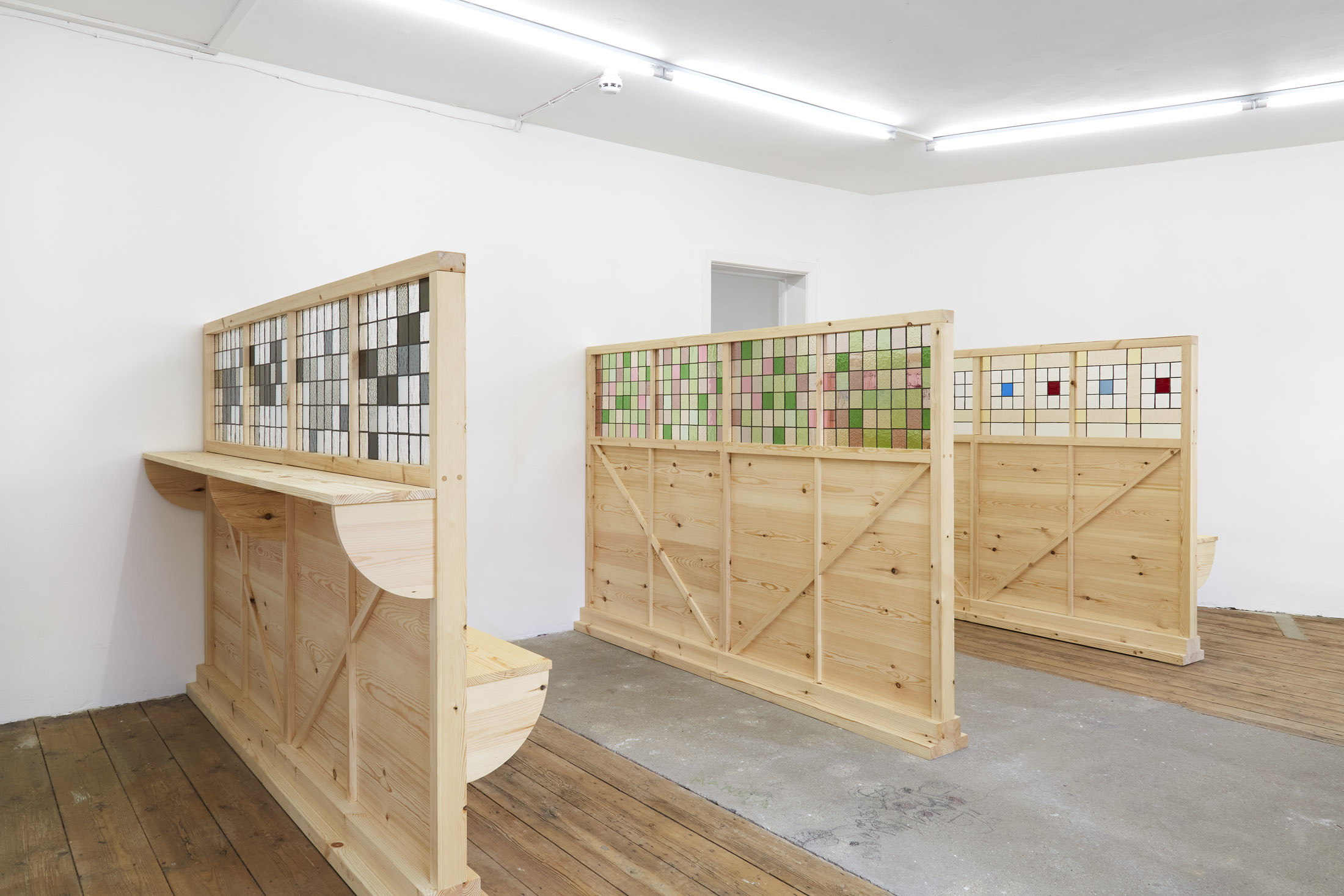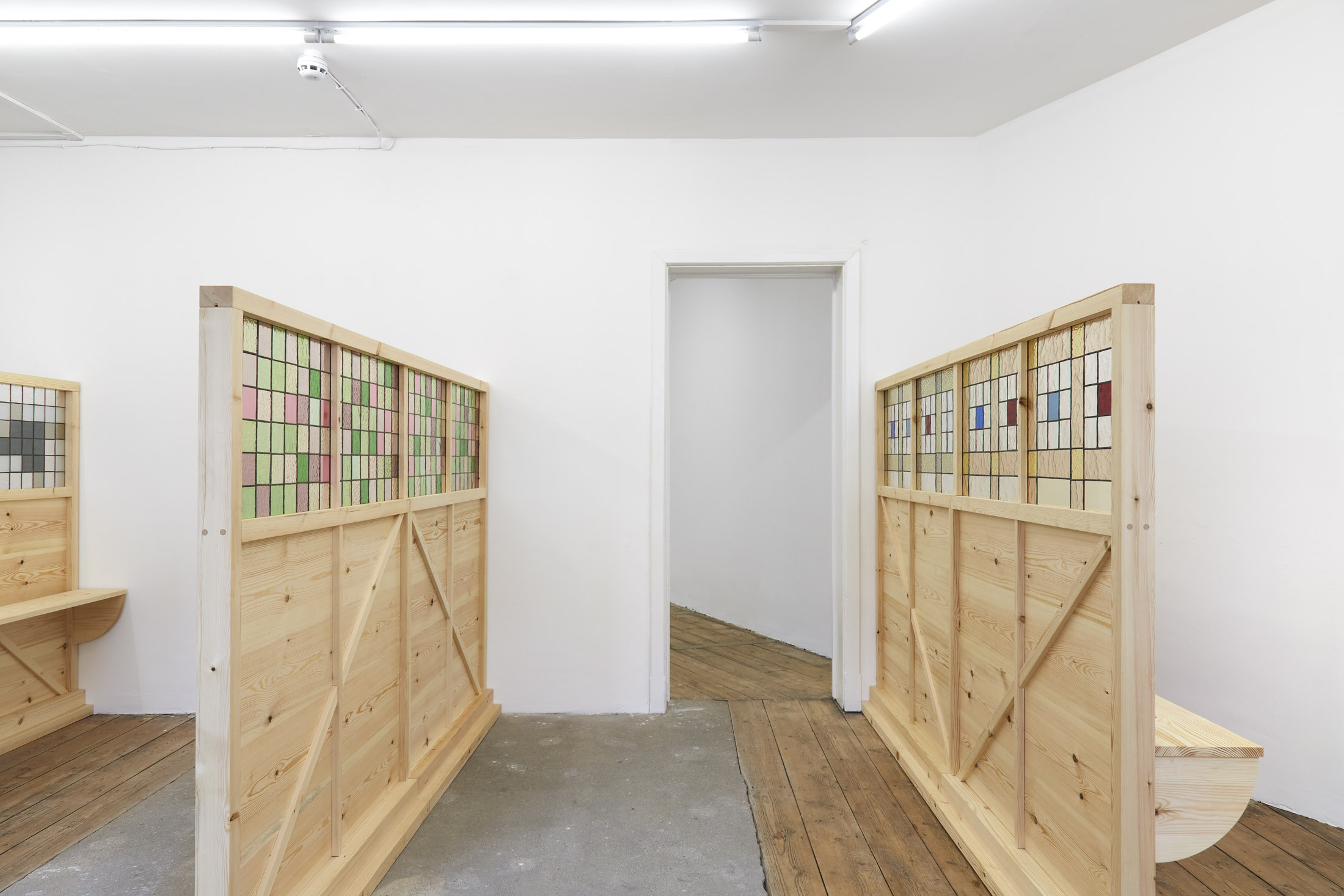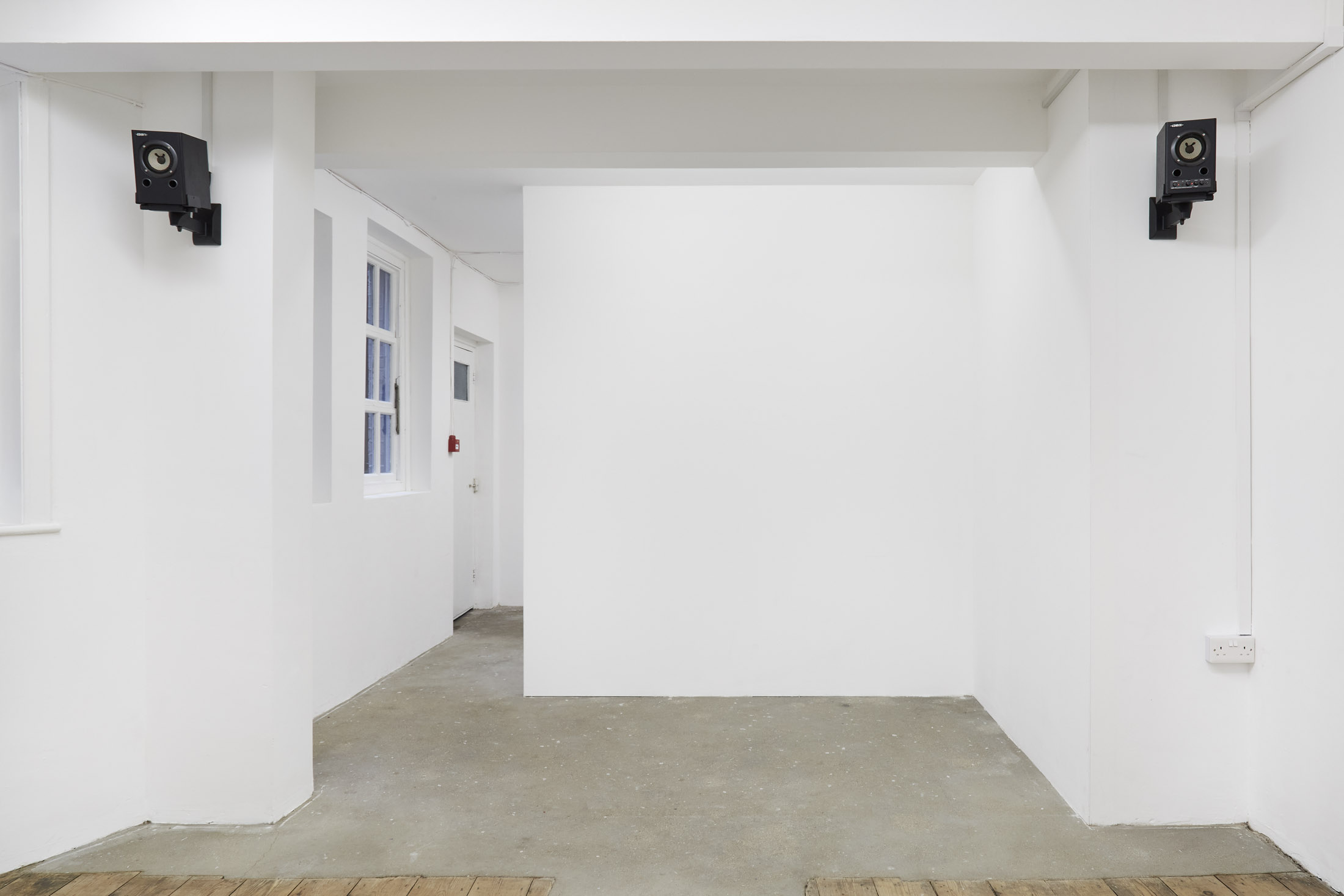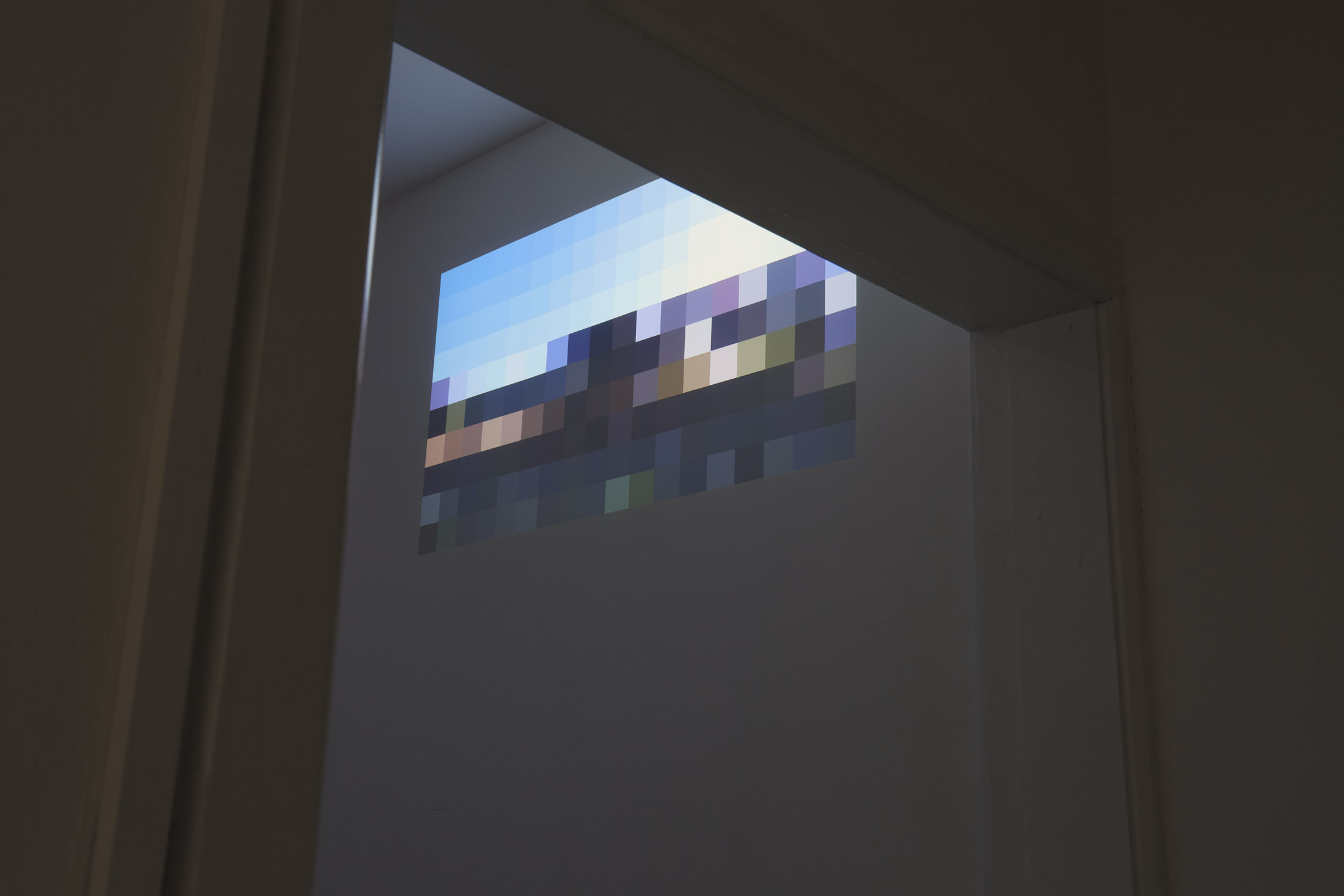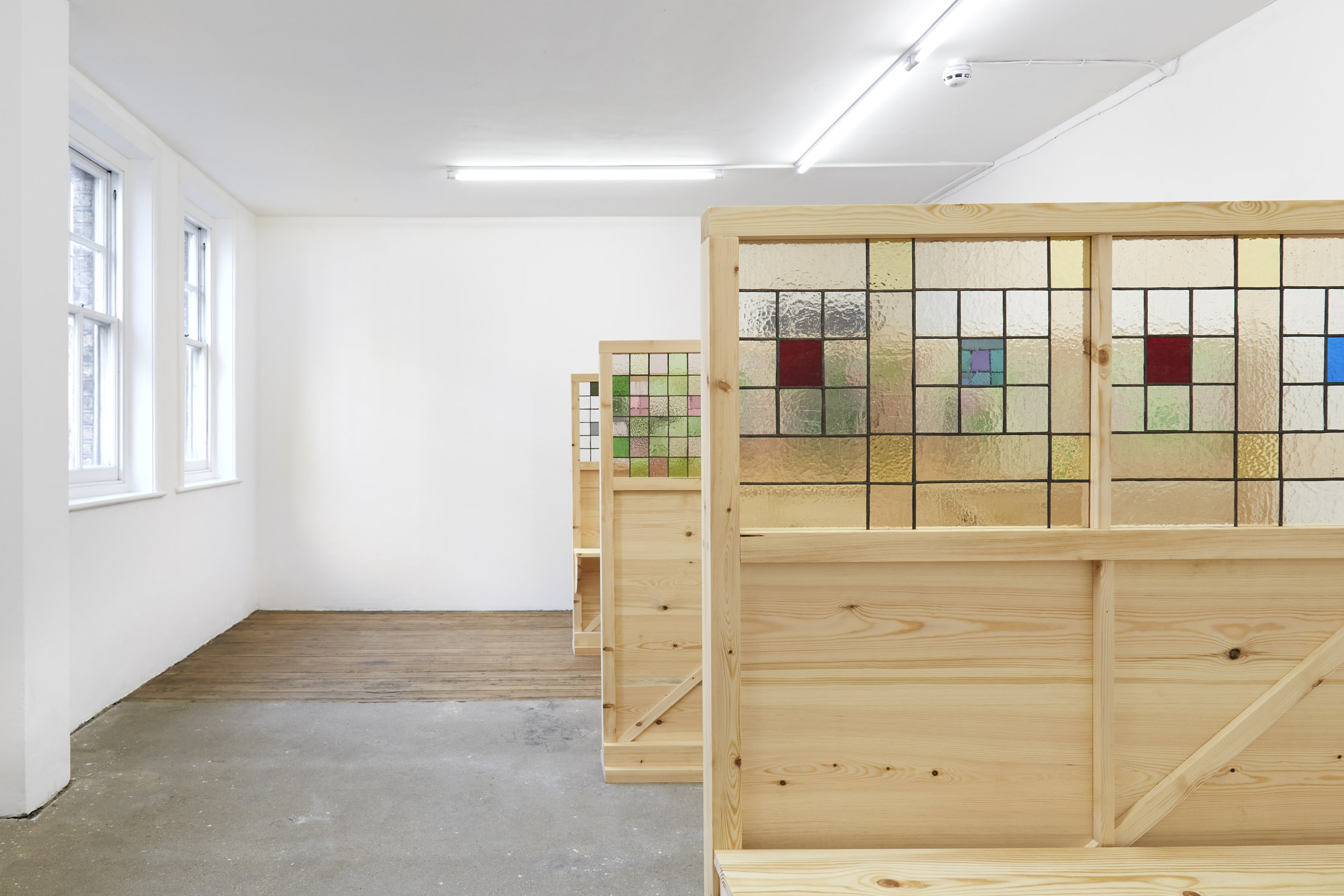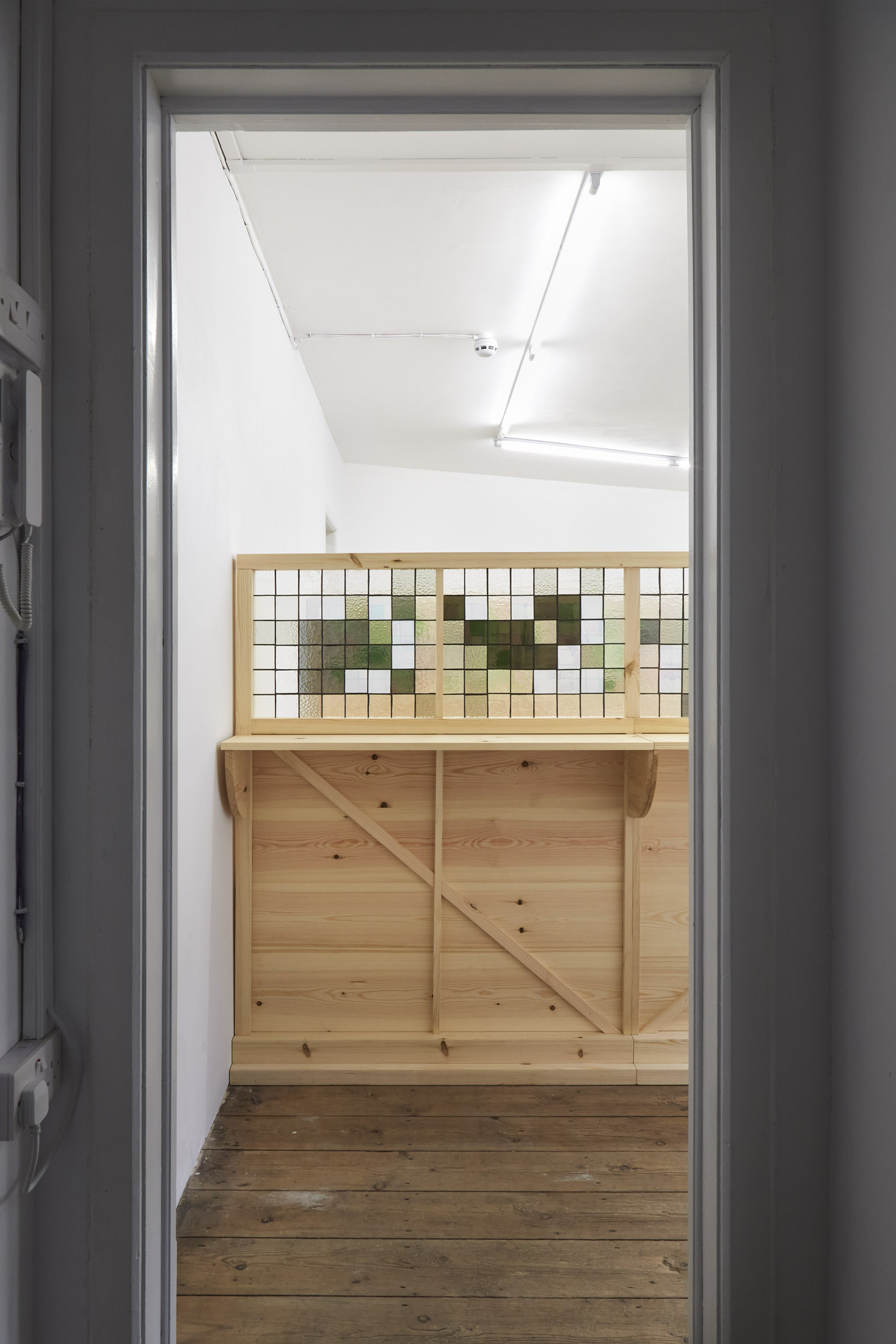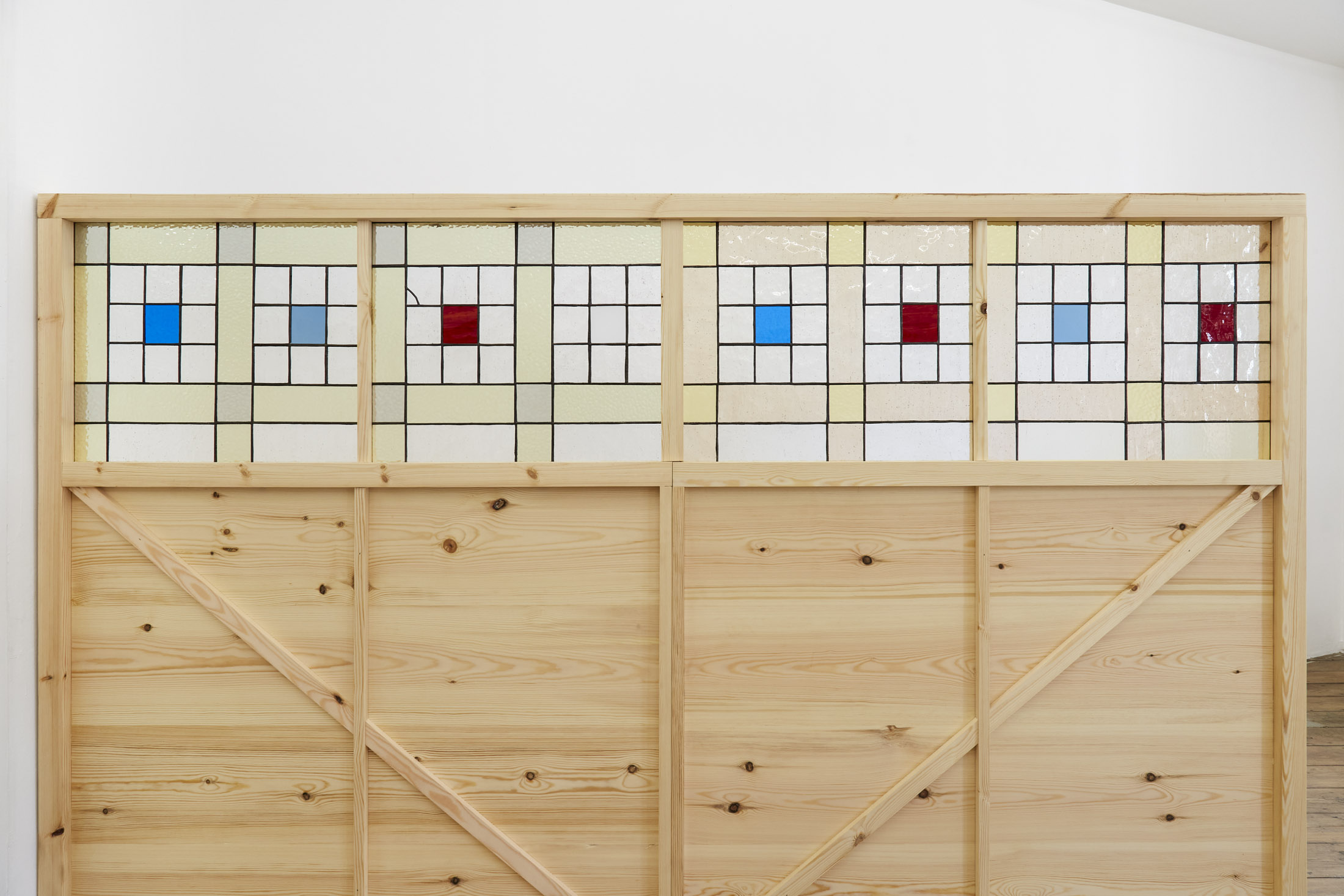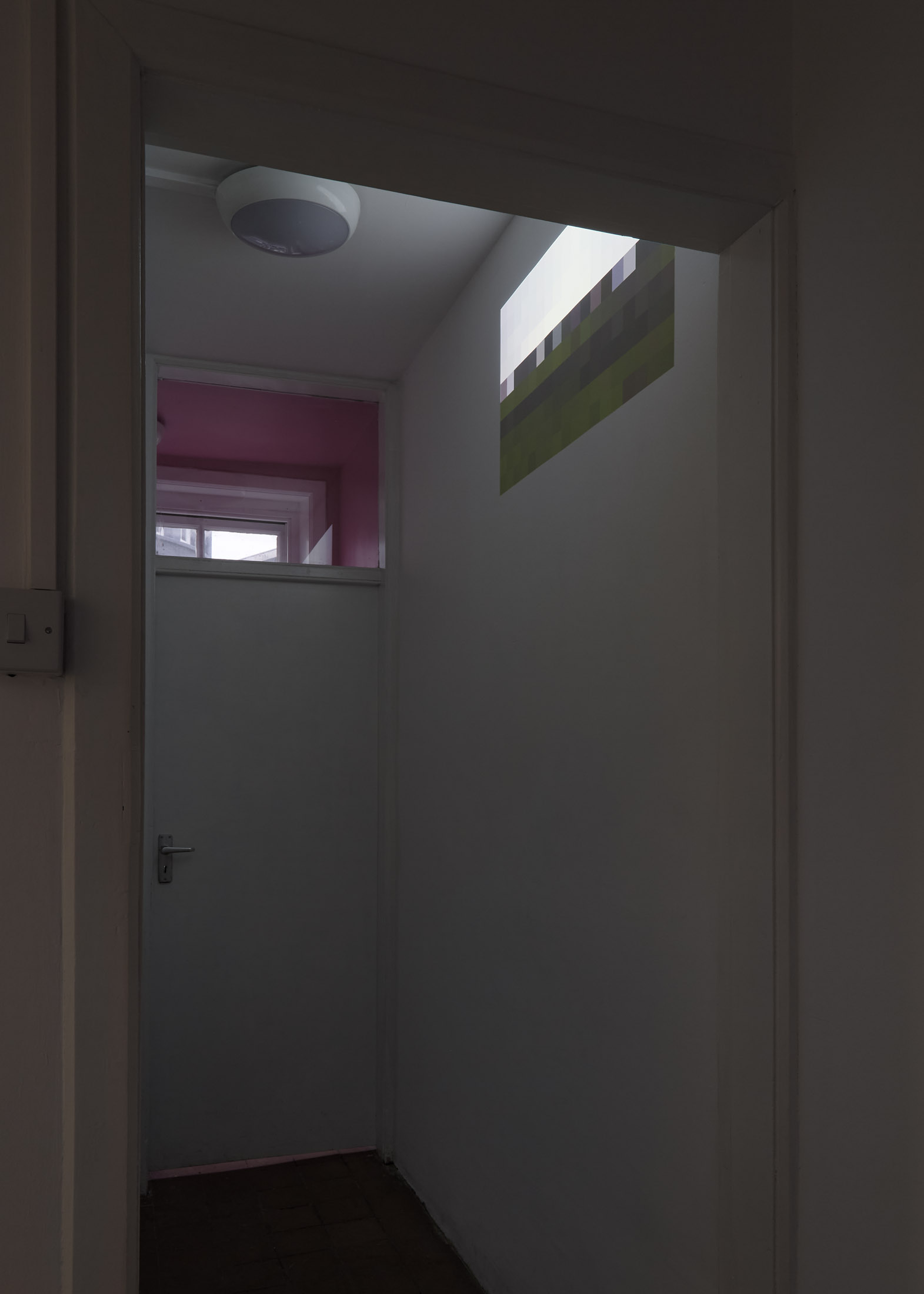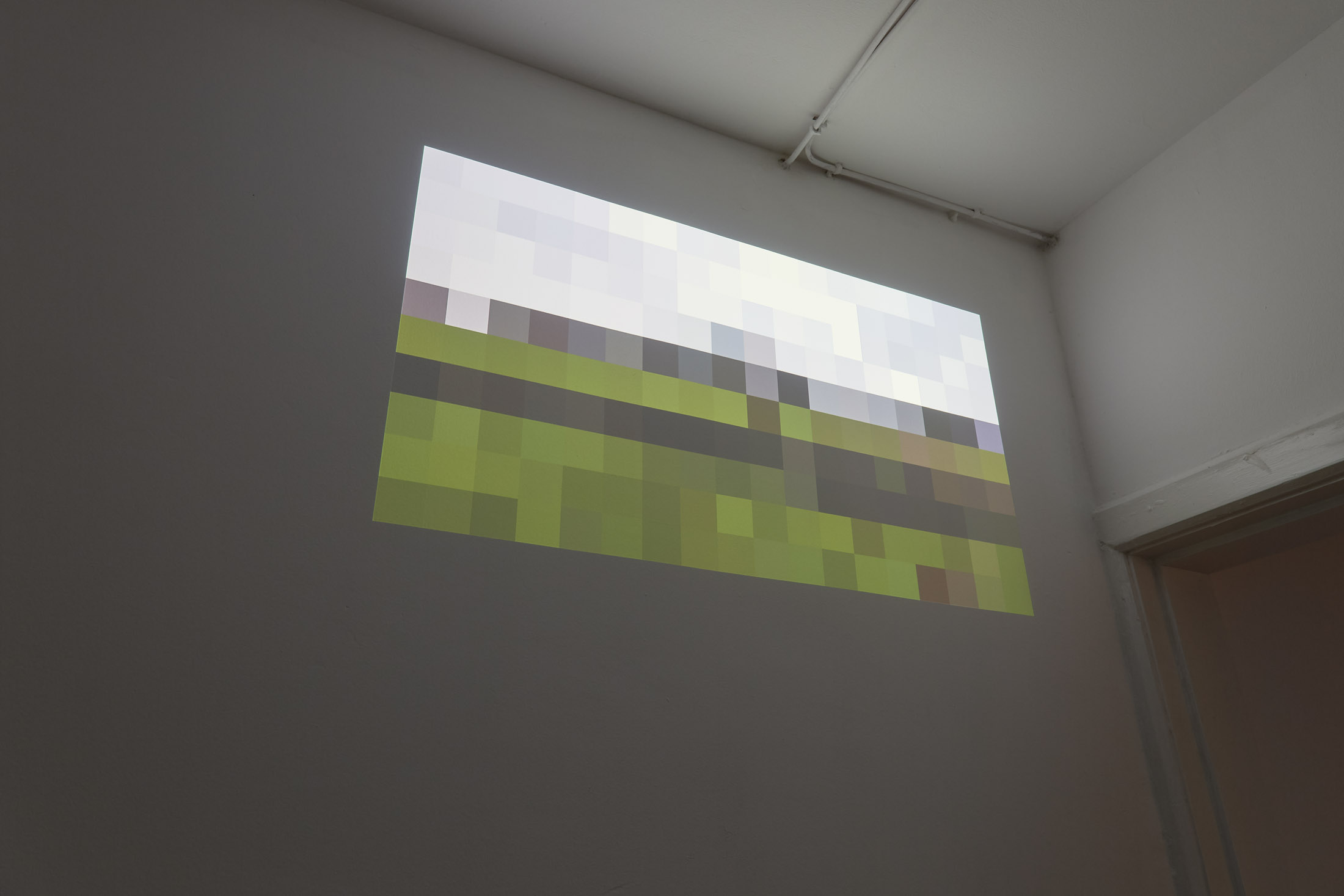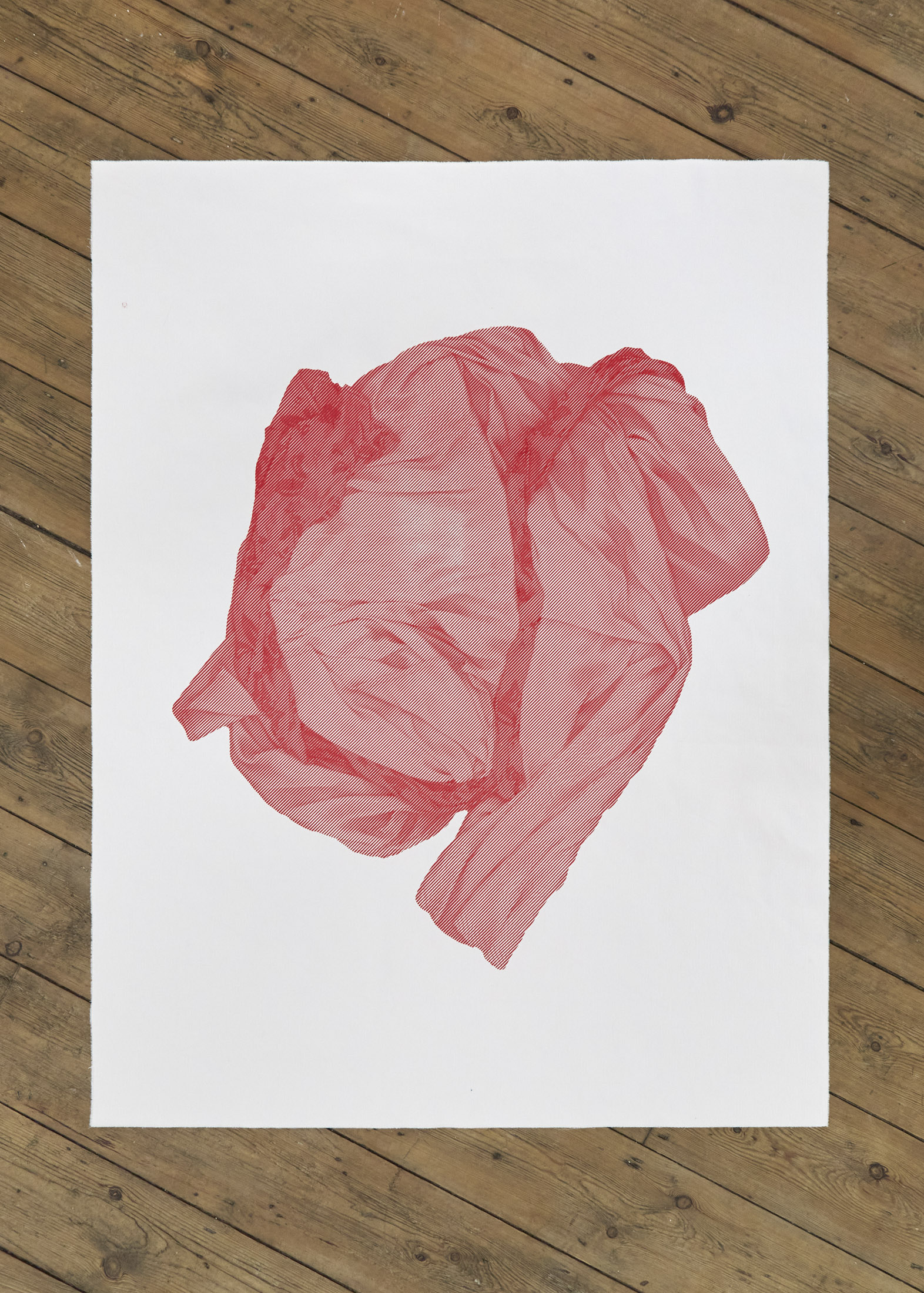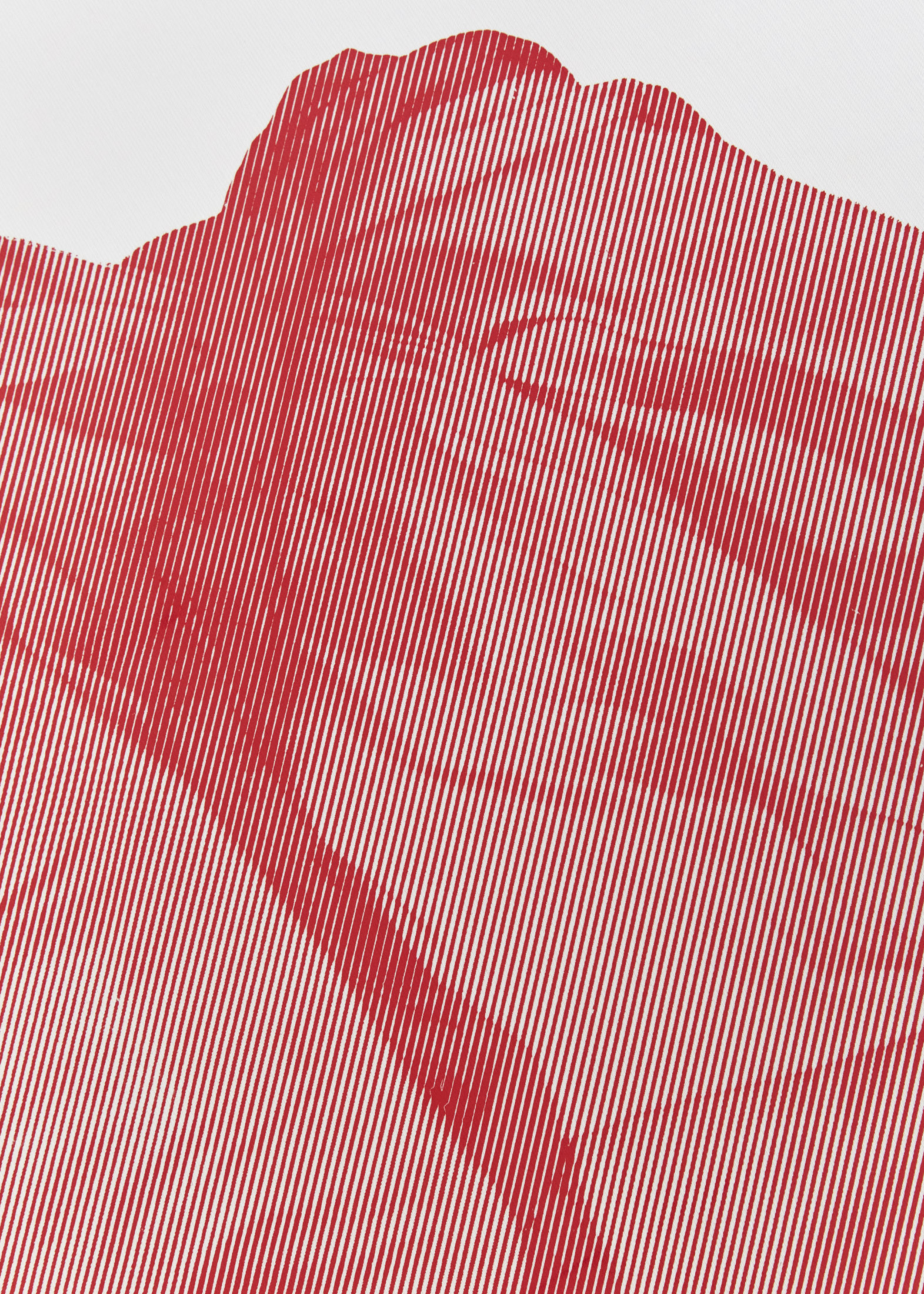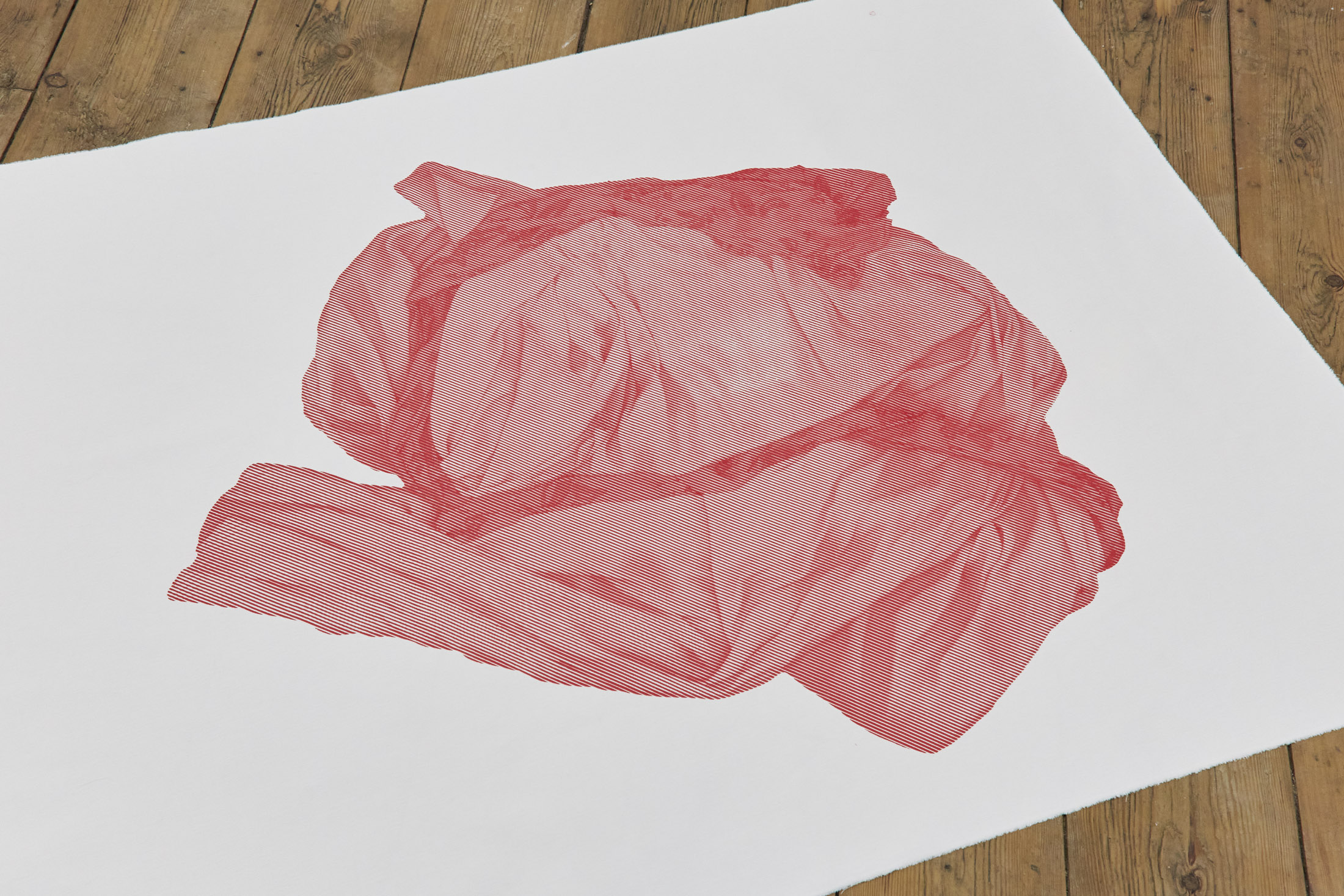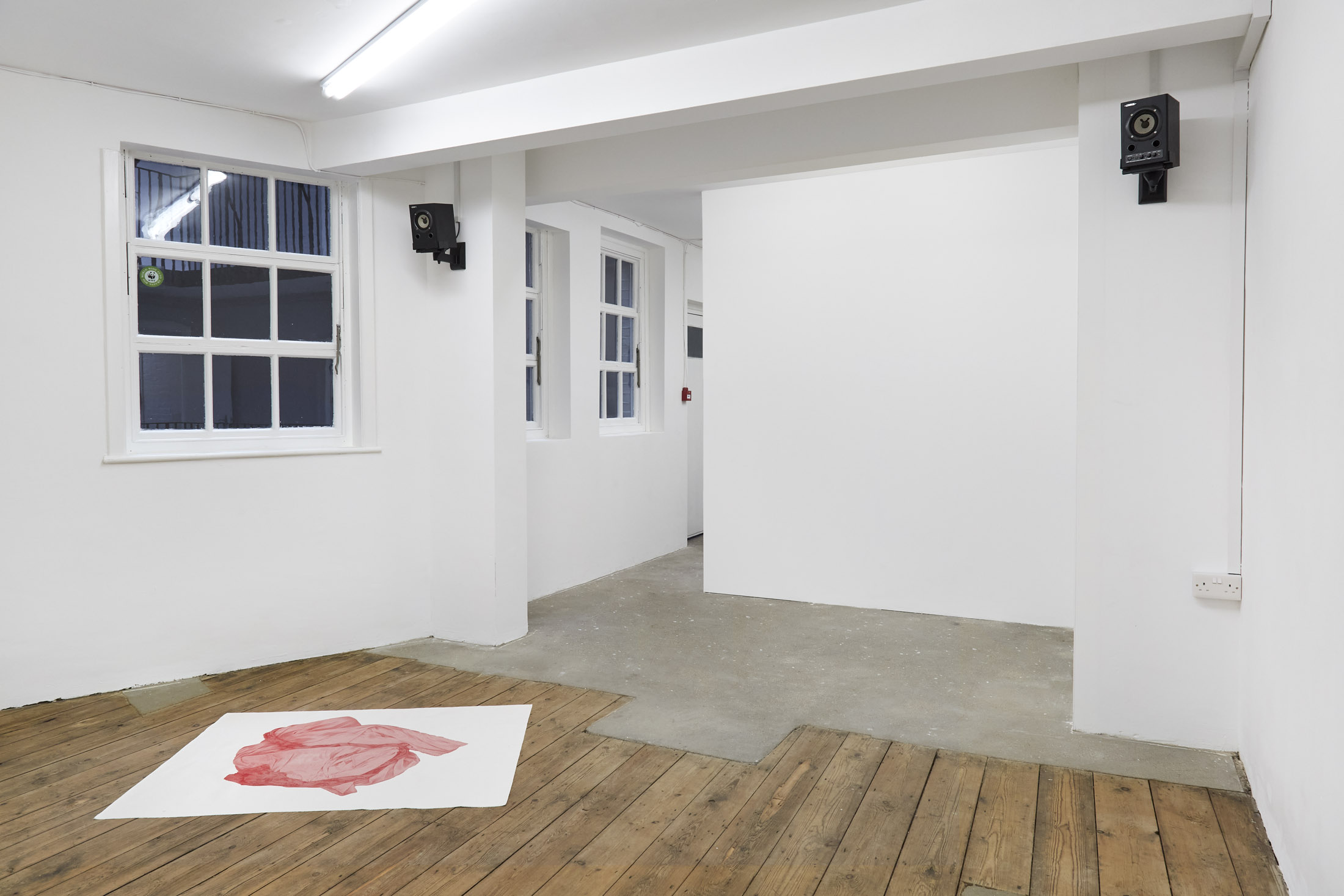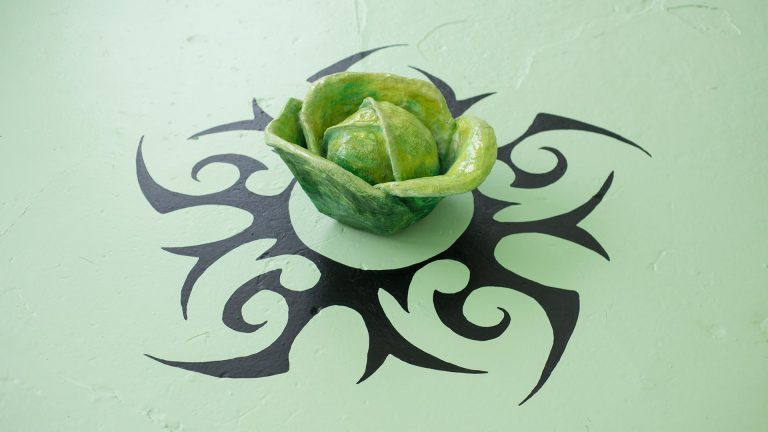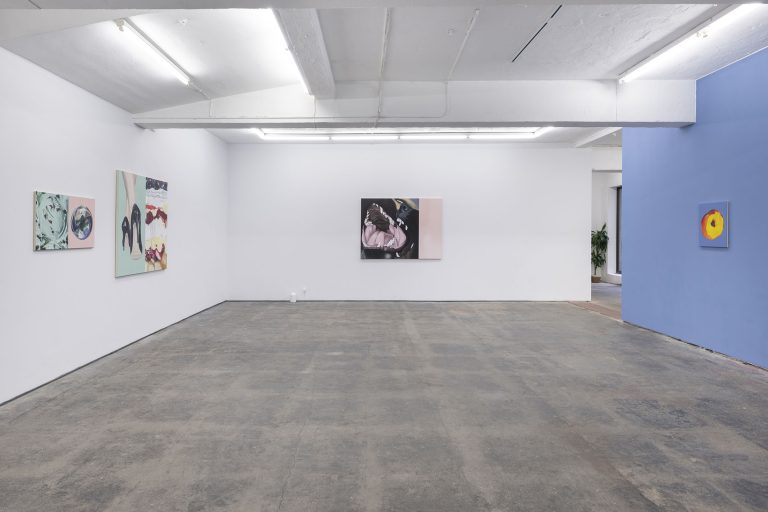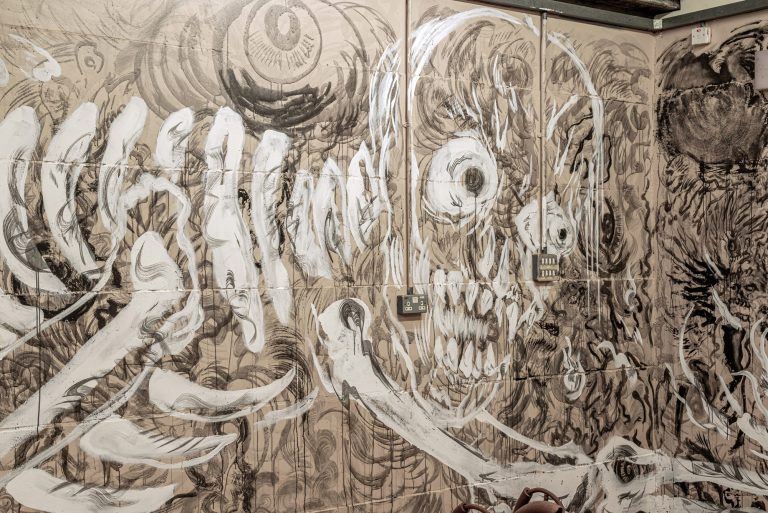Artist: Georgina Hill
Exhibition title: Bread and wine
Venue: South Parade, London, UK
Date: February 16 – March 23, 2024
Photography: all images copyright and courtesy of the artist and South Parade, London
South Parade is pleased to present Bread and wine, a solo exhibition by Georgina Hill.
The material world plays a central role in our learning about ourselves. Whether culturally significant, aesthetically appealing or collectible, all objects will bear witness to the people who made them, used them, and the places to which they were assigned. Objects, furniture, trinkets, are woven with affects and intimate memories. They embody the different nuances about the ways we assign value. Georgina Hill’s exhibition titled Bread and wine offers an ecosystem of references, images and processes that redefines our interactions with what constitutes our environment. The on-going dialogue between its various elements, whose constantly shifting meanings elude categorisation, prompt us to overcome the opposition between subject and object, material and social, reality and imagination.
In the main room, three wooden panels divide the gallery into four alcoves – familiar designs and arrangements to evoke the interiors of public houses, also known as ‘pubs’, the UK’s most popular social institutions. Traditionally used to cordon off spaces and create an intimate setting for customers, the panels embody one of the exhibition’s ambiguities: public spaces acting as private ones, and vice versa. They offer a sense of security, refuges for escape from everyday life, concealment and oblivion. If they conjure places operating in complex dynamics, both central actors of communities’ social fabric and profit-driven enterprises, Hill’s panels also carry an ambiguous and fragile polysemy.
Each panel is adorned with an assortment of decorative elements, including corbels, traditional plinths and long rectangular stained-glass windows above a countertop. Despite appearances, the partitions are deceptively precise objects. They defy the notion of ready-mades, which typically involves manufactured objects stripped of their original utility and transformed into abstract versions of themselves. Creating technical drawings incorporating standardised timber, Hill built these structures alongside her immediate family. With precision, she assembles the wooden racks, cuts the glass elements and creates the patterns. The portrayal of the artist at work is central to approach her art; these repetitive gestures are ingrained within a precise time and place, orchestrated on her family’s land and synchronised to the organic rhythm of a non-urban environment.
Hill’s re-enactment does not aim to fulfil a fetish for authenticity, or evoke nostalgia for a pre-consumerist era, nor does it question the ontological registers of reality and mimesis. These hybrid works, at the intersection of ready-mades and handcrafted furniture, challenge the out-dated contemporary art dichotomy opposing ‘craft’ and ‘conceptual’ practices and the misconception that technical skills and repetitive processes of craftsmanship cannot be associated with complexity and criticality. From creation to presentation, the artist examines the interconnectedness and intimacy between humans and objects, and infuses these ubiquitous and often unnoticed objects with subjectivity, individuality and agency.
In a similar transformative approach, Hill enlarges, blurs and reduces into pixel her favourite motifs of dancers, butterflies and handkerchiefs into acidulous hues and black-and-white stained-glass grid patterns. With a mischievous note, she acknowledges that the result could evoke the abstract paintings of modern masters such as Bridget Riley and Agnes Martin adorning pubs’ wooden panels. With this on-going cycle of image manipulation, Hill appears to be expanding the boundaries of iconography while delving into the remnants of the concept of arts’ ‘aura’ and its intrinsic value.
The motif of the grid, which appears frequently in the artist’s work, also represents a pixelated screen, echoing the video “Landscape” (2024) projected in the gallery’s first room. Before undergoing digital processing, the images depicted a week-long of sunrises and sunsets captured during the time of production in the countryside. As viewers, one can attempt to unravel the once bucolic landscape within the grid or surrender to seeing it as vibrant abstract imagery — a portal to another place and time.
The last room features “Dummy” (2024), a screen print of scanned clothes placed on the floor. The artist drew inspiration from the 1963 escape of prisoners from Alcatraz in the U.S., where they lured their guards with makeshift figures beneath their bunks covers. When seeing garments, one can also think of Liz Magor’s resin sculptures such as “Sleepers”, which the artist describes as an exploration of individuals in profound withdrawal, almost unreachable. Hill’s trompe l’oeil becomes a symbol of retreat or escape from immediate surroundings, as they venture into the realms of imagination through dreams.
In the same room, one can hear an hour-long sound composition titled “Exhibition score”, by London-based Spanish artist Avel Mismo. Ominous sounds gradually intensify to charge the room with pulsating energy before gradually reducing into piano and accordion notes, only to rise again to a crescendo. After exchanges regarding the show’s intentions, Hill invited Mismo to offer a personal vision of her conceptual approach.
This sonic breath prompts another shift of meaning through the diversity of processes: a concept may evolve into a score, a sculpture, an image, or an audio composition.
Rejecting all forms of prosaism, the exhibition, titled after a poem by Romantic writer Friedrich Hölderlin, is the result of an open process; with intentional vulnerability, the artist accumulates and modulates images, concepts, forms and materials. Bread and wine, devoid of any prescribed narrative, offers a form of escape from the constraints of everyday life and the limitations of our social condition.
-Text by Angela Blanc
Georgina Hill (b. 1986, Worcester, UK) lives and works in London, graduating with an MFA in Fine Art from Goldsmiths, University of London )2021), Universität Der Künste (Prof. Hito Steyerl), Berlin (2019), and received a Masters in English Literature from University College London (2009).
Recent solo/two person exhibitions include slow, soft shell at Artissima (Italy, 2023) alongside James Fuller, Mystery Box (with Maximilian Schmoetzer), New Toni, Berlin (Germany, 2022) and In a cowslip’s bell I lie, fluent, Santander (Spain, 2022). Recent group exhibitions include esta luz, tóxica (Il movimiento), Belmonte, Madrid (Spain, 2023), Flower in the wind, Belmacz, London (UK, 2023), For the hell of it, Atelier d’artistes de la Ville de Marseille (France, 2023), Group Show, Des Bains, London (UK, 2023), Angels of the Wonderful World of Dissocia, Galerie Charraudeau, Paris (France, 2022) and Unmoored, Adrift, Ashore, Or Gallery, Vancouver (Canada, 2022). Upcoming exhibitions in 2024 include Channel at The Contemporary Art Centre of Nîmes, France, curated by Figure Figure and a solo exhibition at madame leniou, Athens.
Beyond exhibitions, Georgina is actively involved in screenings and publications. Recent screenings include Unmoored, Adrift, Ashore at Or Gallery, Vancouver (2022); Speculor at L’ENSAV La Cambre & L’Université Libre de Bruxelles (2021); Seoul Biennale of Architecture and Urbanism (2019). Publications include LifeBody, Death of Workers While Building Skyscrapers (2022); Back to Earth, text published in Penguin/Serpentine monograph; and forthcoming Hill Glass Studio, published by Éditions Lutanie in 2024.


